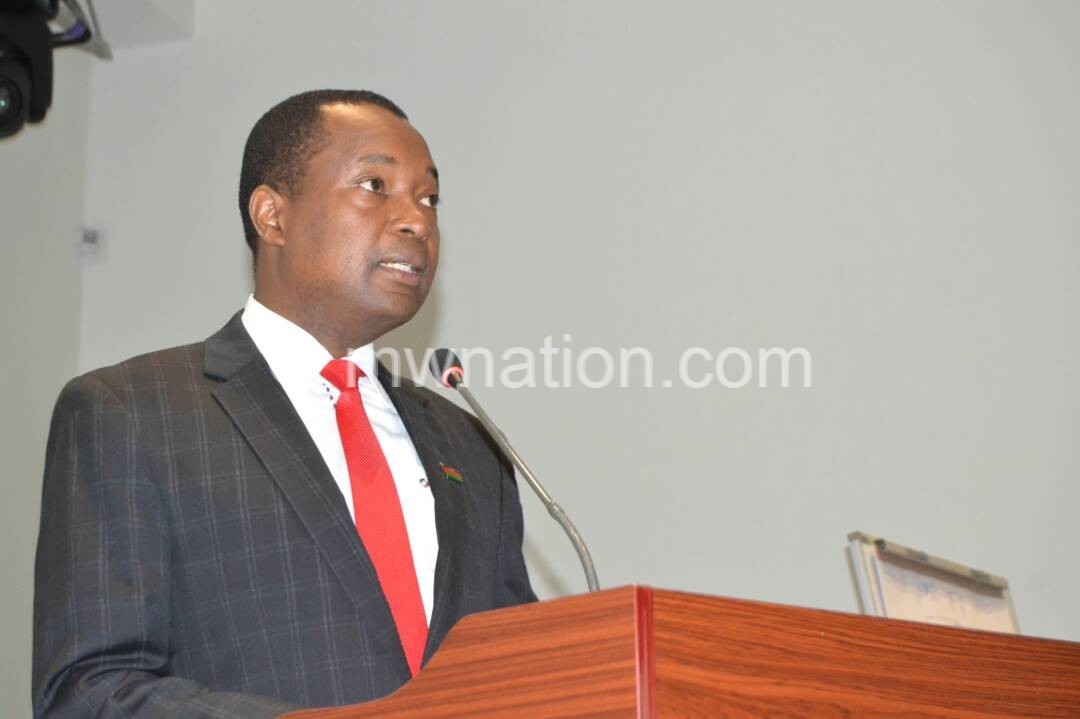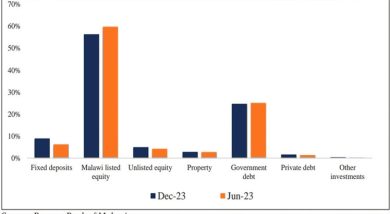More banks cut base lending rates
More commercial banks continue to react to the recent cut in policy rate—the rate at which commercial banks borrow money from the central bank—from 22 percent to 18 percent.
This week, Malawi Stock Exchange (MSE)-listed Standard Bank plc cut its base lending rate to 27 percent, the lowest thus far, while Nedbank Malawi and CDH Investment Bank have put theirs at 27.5 percent and 29 percent respectively.

Last week, listed National Bank of Malawi (NBM) plc and FDH Bank both reduced their base lending rates to 27.5 percent, a development some commentators argued creates a wide margin between deposit and borrowing rates.
In an earlier interview, former Reserve Bank of Malawi (RBM) Perks Ligoya said banks can do more than what is currently on offer, arguing that the spread between deposit rate and interest rate is too much and a detriment to the economy.
He said: “The RBM rate is a policy rate and it is expected that all banks should follow suit. But in Malawi, we have the highest spread between the depositors’ rate and lending rates. Banks of good strategy should be working towards reduction of interest rates.
“To service a debt at about 27 percent or there about, is just not practical. It is only a few businesses that can achieve such sort of internal rate of return.”
Catholic University of Malawi head of economic department Gilbert Kachamba said the drop in banks’ lending rates will help to bring down the cost of borrowing which is good for those borrowing for investment.
“The cost of borrowing will go down but this will be good for those who will be borrowing for investment and not for those borrowing for consumption.
“Malawians have to take this opportunity for investment and not increasing their debts because of low interest rates. The low interest rates will also boost consumption and this may affect the current account negatively as imports may rise,” he said.
The central bank reduced the policy largely due to disinflation environment. Inflation rate, which has been trending downwards since June last year, is currently at 11.3 percent as of June 2017, according to the National Statistical Office (NSO).





